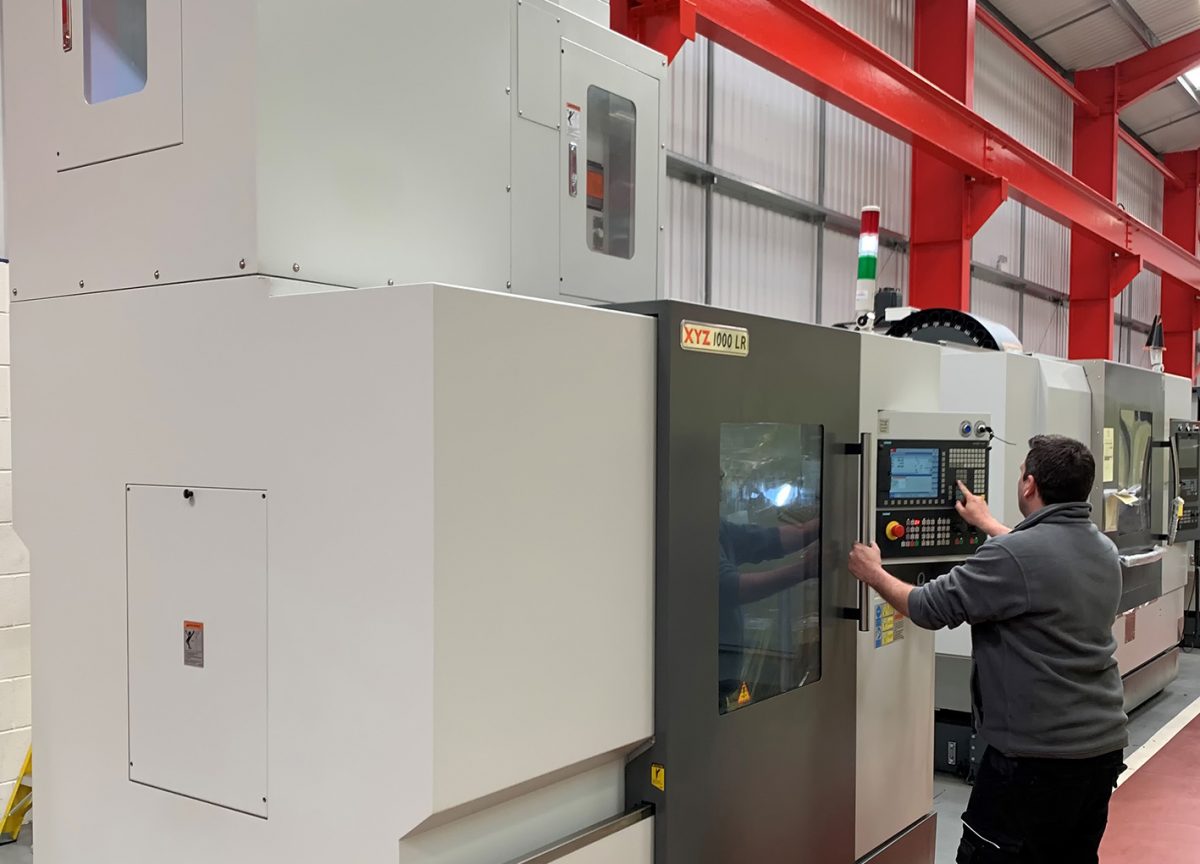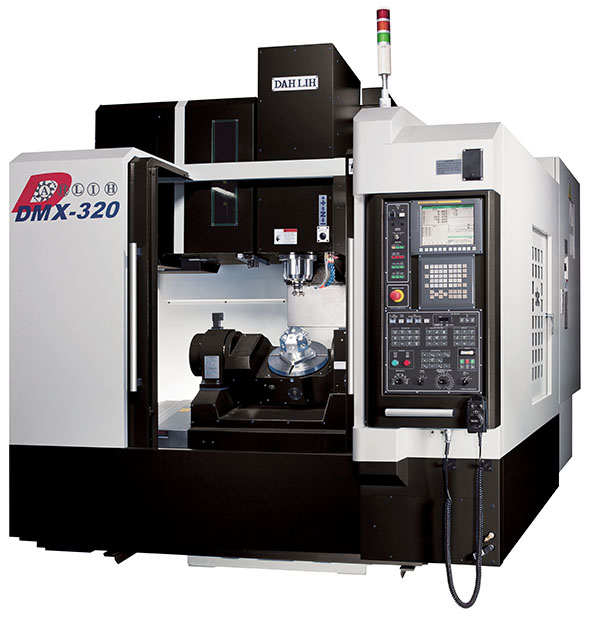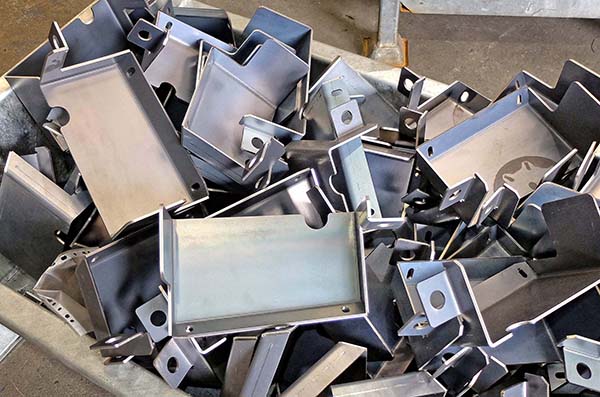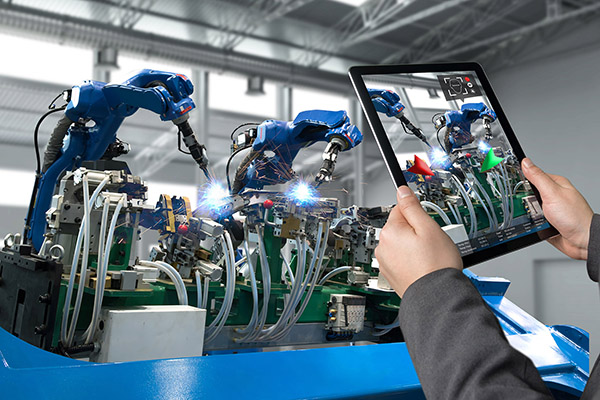With the news that the ‘Made In the Midlands’ and ‘Made in Yorkshire’ exhibitions will no longer go ahead due to COVID-19, the Made in Group has introduced Backing Britain Live 2020 – an immersive, virtual experience.

Jason Pitt, CEO of the Made in Group, says: “These exhibitions are significant events to which many members and visitors look forward but, like many aspects of our current lives, we’ve had to make adjustments. Although I predict full-scale lockdown will not continue into the summer, government leads us to believe that social distancing measures will remain for months to come. Large-scale gatherings will remain unsafe until the population has some immunity or the virus is eradicated. Despite this, I’m pleased to say that we’ve found an alternative way of delivering our expos safely and innovatively.”
On 17 August 2020, the Made in Group will launch a digital exhibition. Called Backing Britain Live 2020, the event will be an immersive experience between the digital and physical.
“We’re an innovative organisation when it comes to technology; we do more than many realise,” says Pitt. “As a business, we’ve developed a digital platform that allows members to create their own social media microsite, upload news and attend virtual webinars, and will soon include virtual mastermind groups, Q&A sessions and panel discussions.”
The event will be hosted at backingbritain.com, where the entire exhibition hall will have virtual access to booths, interactive seminars and networking areas. According to the Made in Group, the process will be very user friendly and easy to navigate. Not only will visitors have a unique experience online, but they will receive physical goodie bags delivered to their door that are set to include: the 100-page Backing Britain 2020 book, consisting of positive manufacturing news and information about exhibitors; a large printed poster of the exhibition hall; a Backing Britain lanyard; and social posters.
For further information www.backingbritain.com
























